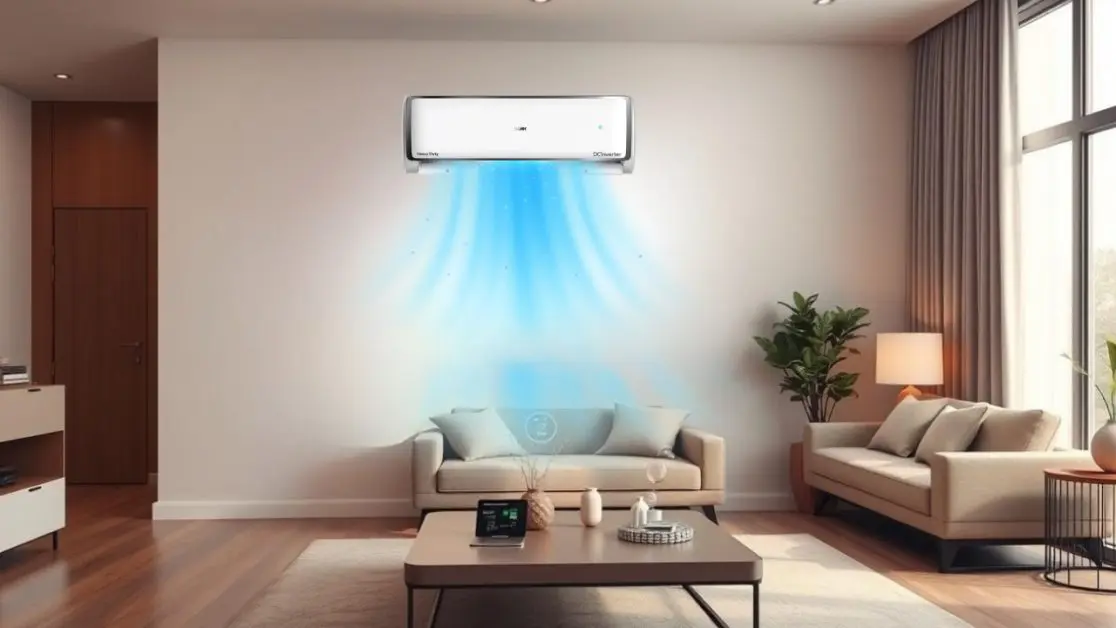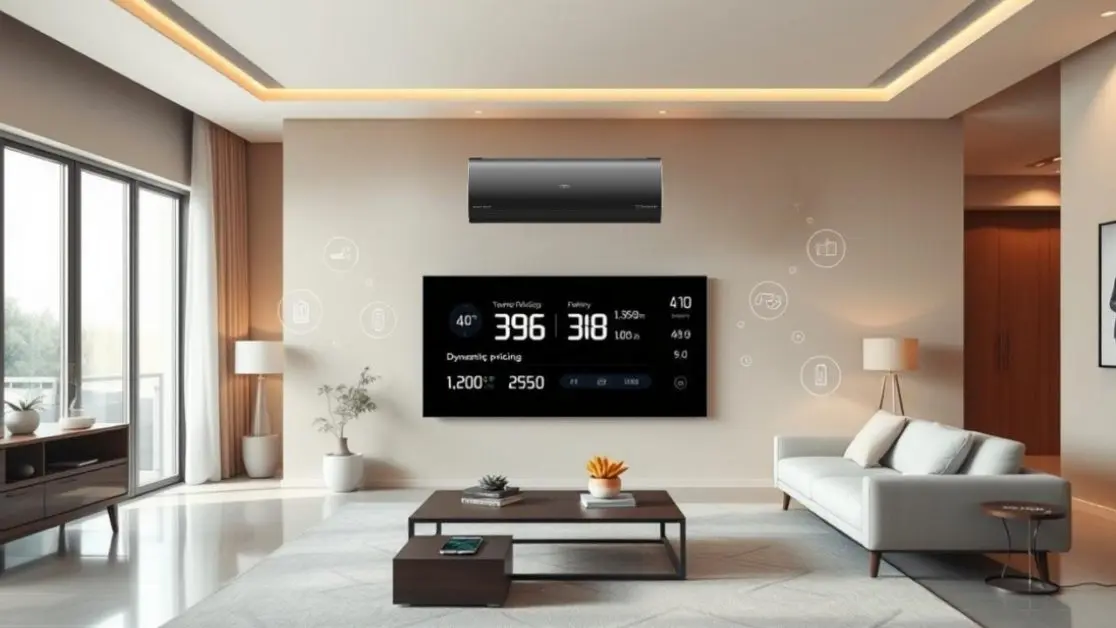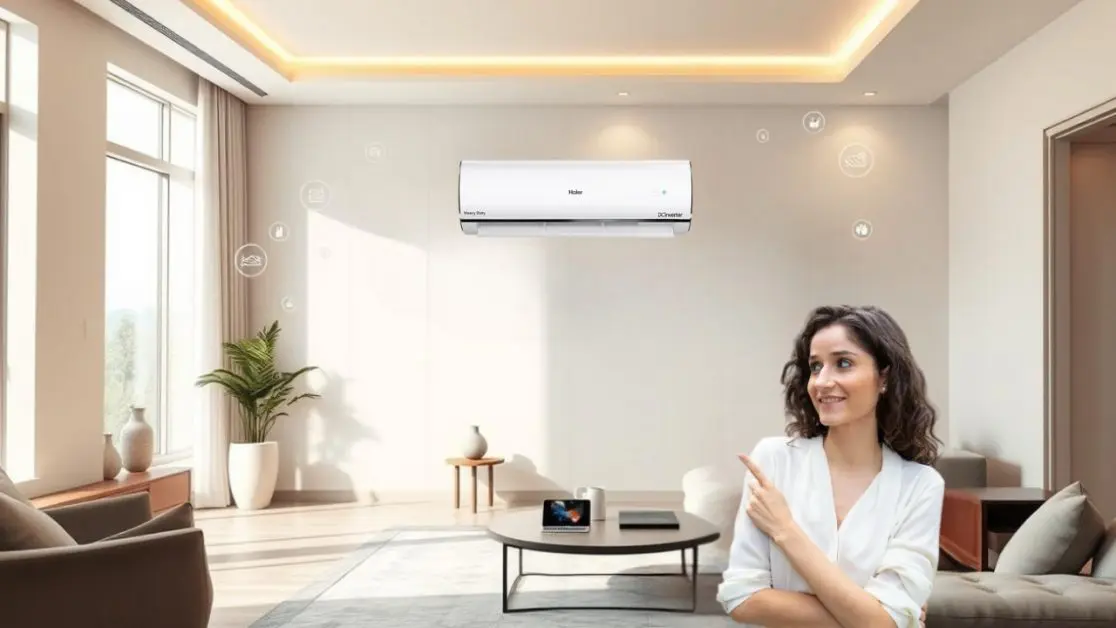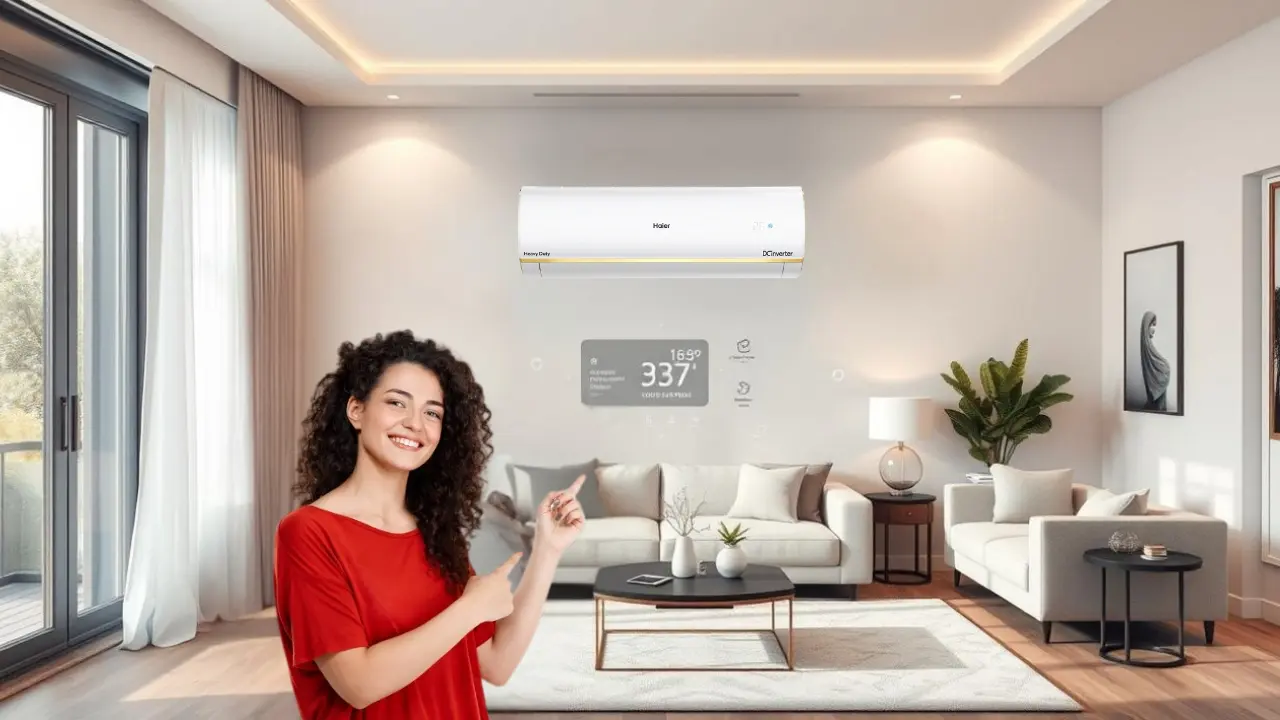Artificial intelligence has enabled air conditioners to take on new multi-functional roles. They are not only cooling appliances but are also more user-friendly, highly energy-efficient, and adaptable thanks to AI technologies.
At the same time, pricing approaches associated with air conditioners are also undergoing radical changes. The old static pricing model that shackled prices for months on end is more or less obsolete.
Today, AI systems are pivotal to dynamic pricing strategies that set prices based on demand, competitor pricing, and other market indicators. This not only helps retailers and manufacturers maximize their revenues, but consumers get good deals as well.
Even more so, prices paid by consumers are affected by AI-powered air conditioners themselves. These smart appliances, with features such as self-learning cooling modes, real-time monitoring of energy consumption, and predictive maintenance, readily increase their value to consumers. AI-based pricing takes these features into account and sets price levels according to demand and supply in the market.
Knowing the effects of AI on air conditioners and their pricing policies can help consumers make informed decisions while enabling firms to compete more efficiently in the marketplace.
What is AI-Based Dynamic Pricing for Air Conditioners?

Dynamic pricing refers to a system where the prices of products, such as air conditioners, are changed automatically in relation to current demand, competitor prices, energy usage, and seasonal shifts.
Previously, pricing was done manually and remained unchanged for a few months. These days, AI helps analyze market trends such as user behavior and competition to set the most accurate pricing for the product.
Many new models of air conditioners now feature AI-powered capabilities that affect pricing strategy. Some of them include:
- Self-learning cooling modes that adjust energy usage based on user behavior over time.
- Smart sensors that provide cooling based on the detection of a person in the room and the room temperature.
- Voice recognition and application control that make it easier for users to operate the unit.
- Predictive maintenance alerts that indicate when servicing may be required in the near future.
With the sophistication of air conditioners, pricing should always remain competitive while also reflecting the value offered. These smart ACs are priced fairly. AI dynamic pricing ensures that market demand and innovation are both considered when setting appliance prices.
How Artificial Intelligence Can Be Used for Dynamic Pricing of Air Conditioners

1. Adjusting Prices Based on Demand
AI monitors demand for ACs in real-time from multiple sources, such as:
- Integrating internet phenomena with market forums and other national eCommerce sources.
- Information retrieved from Google analyzes trends for sellers and buyers.
- Regional variations within the country affect the anticipated cooling requirements.
For example, the demand for air conditioning equipment rises continually as summer approaches. Prior to the onset of a seasonal demand increase, AI pricing models implement gradual price adjustments. In winter or monsoon seasons, the converse logic applies, whereby a sudden decrease in demand causes AI systems to lower prices to encourage consumption.
In addition, urban areas see a higher demand for ACs due to their energy-saving advanced automation features. AI pricing models recognize these demand patterns and ensure adjustments to balance retail prices, justify discounts, and stimulate sales.
2. Competitor-Based Pricing Strategy
The air conditioner market is self-regulated, characterized by the presence of numerous competing brands that offer similar specifications. Dynamic AI pricing enables real-time pricing adjustments in response to competitors’ prices.
Instead of simply matching rival prices, AI evaluates multiple factors, such as:
- Comparison of the constituent features of the product.
- Marked energy efficiency of the units and overall cost.
- Customer feedback and general brand reputation.
- Extra options such as extended warranties or other smart features.
Simply put, more sophisticated AI-powered ACs with smart cooling and energy-saving features are priced higher, while baseline or budget models are gradually lowered to attract more buyers.
3. Stock Levels Affecting Pricing and AI-Optimized Inventory Management
Pricing done by AI is also affected by stock levels. If a business has more inventory than needed, AI-driven systems might lower prices slightly to boost sales. If certain models are low in stock, prices will be optimized to maximize profits.
AI takes into consideration:
- Availability of stock in different locations.
- Expected restocking timelines.
- Consumer preference shifts toward different models.
For instance, if a certain model of smart air conditioner with a voice control option becomes a hot-selling item, AI may adjust the price to ensure optimal profits while sustaining sales.
4. Energy Efficiency
Energy efficiency standards and government incentives are also factored into AI-based pricing models. Many regions offer subsidies or rebates for purchasing energy-efficient ACs. In such regions, AI adjusts pricing to cater to cost-conscious consumers while still ensuring profitability for the brand.
For example, an AI-powered five-star inverter AC is likely to be competitively priced in regions where government rebates exist for energy-efficient appliances. AI ensures that the final price
The Impact of AI-Enabled Air Conditioners on Their Own Pricing

1. Usage-Based Pricing on Smart ACs with Machine Learning
Unlike conventional ACs, AI-powered air conditioners assimilate user data and adjust cooling modes accordingly. These factors influence pricing:
- Presence of users in the room.
- Outdoor weather conditions.
- User-specified temperature settings.
Self-learning capabilities make AI ACs more economically efficient over time, and AI-driven pricing ensures that air conditioners with higher projected energy savings are offered at reasonable prices.
2. Different Price Fluctuations for AI-Powered ACs with Predictive Maintenance
A major advantage of AI-powered air conditioners is their predictive maintenance. These ACs detect minor issues and resolve them before they escalate, thus saving future expenses.
AI-based pricing ensures that these models have lower maintenance costs, while also maintaining value for users through optimal cost structures.
At the end!
AI-driven dynamic pricing guarantees cost optimization based on real-time competition, demand, stock levels, and seasonal market trends. Advanced AI-powered air conditioners with self-learning cooling modes and predictive maintenance justify their pricing through intelligent automation and energy efficiency.
For those seeking next-generation AI-powered air conditioners, these products not only offer superior cooling but also intelligent features, affordability, and innovative marketing strategies for users and manufacturers alike.
If you’re looking for energy-efficient air conditioners at lower prices, explore the Haier website for the best deals. Discover smart cooling technology with AI-driven efficiency and cost-effective pricing tailored to your needs.
Visit Haier today for innovative air conditioning solutions that save energy and money!

